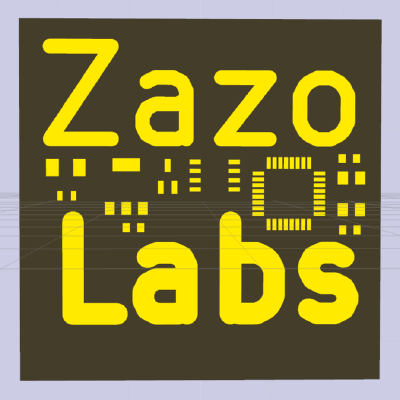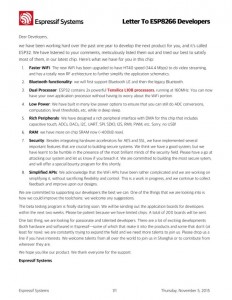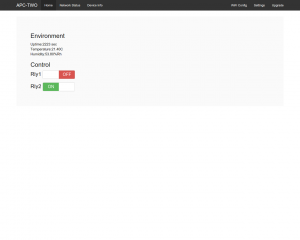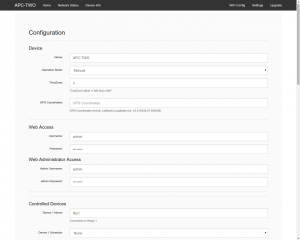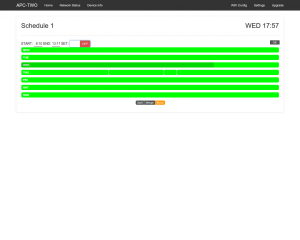(When) Docker Bites
A Networking Mystery
Over the past two days, I found myself conducting a complete forensic analysis of my network. Something unexpected had changed the IP address of my main host’s bridge0 interface. Given that a critical React Server Components vulnerability had been released (GHSA-fv66-9v8q-g76r), and I had recently deployed several new Docker containers—some with access to the host Docker socket (I know, not ideal)—I immediately suspected a compromise.
The situation felt serious. By sheer luck, changing the bridge interface address cut all network access to my homelab, which at least contained the potential damage. I examined every Docker image on the system, but found nothing suspicious.
